25 Sneaky Car Dealership Tricks To Avoid at All Costs

Car dealers have a bad reputation as shady hustlers who exist only to fast-talk suckers out of their money. The truth is, many are scrupulous business people who trade on their reputations and work hard to cultivate relationships with long-term customers. But buying a car can be confusing and overwhelming, and plenty of dealers earn their bad reps by leveraging that confusion to their advantage.
Car Accessories: 25 Car Accessories You Should Never Spend Your Money On
Related: Auto Expenses You Can Expect If You Haven’t Driven During Quarantine
Last updated: July 6, 2021
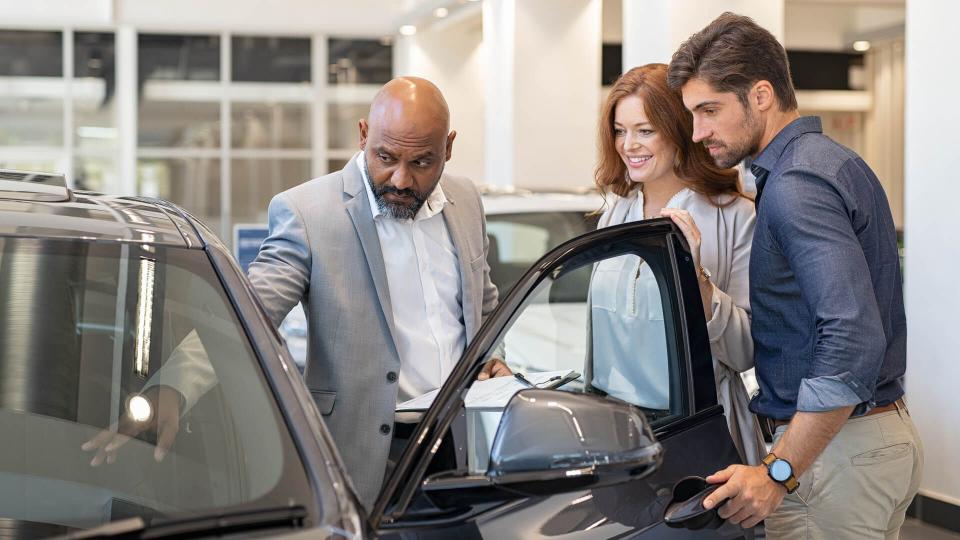
The Old Bait-and-Switch Trap
Although it’s certainly not unique to the auto industry, the bait-and-switch scam is one of the oldest tricks in the book. Whether through an ad, an online post or a conversation on the phone, the dealer promotes a great deal on a vehicle to lure the customer into the showroom. Upon arriving, however, the dealer informs the starry-eyed buyer that the specific car from the promotion has just been sold, but a similar model is right there in the dealership for the taking — albeit at a higher price.
Read More: 25 Ways To Score a Good Deal on a Car Out of State
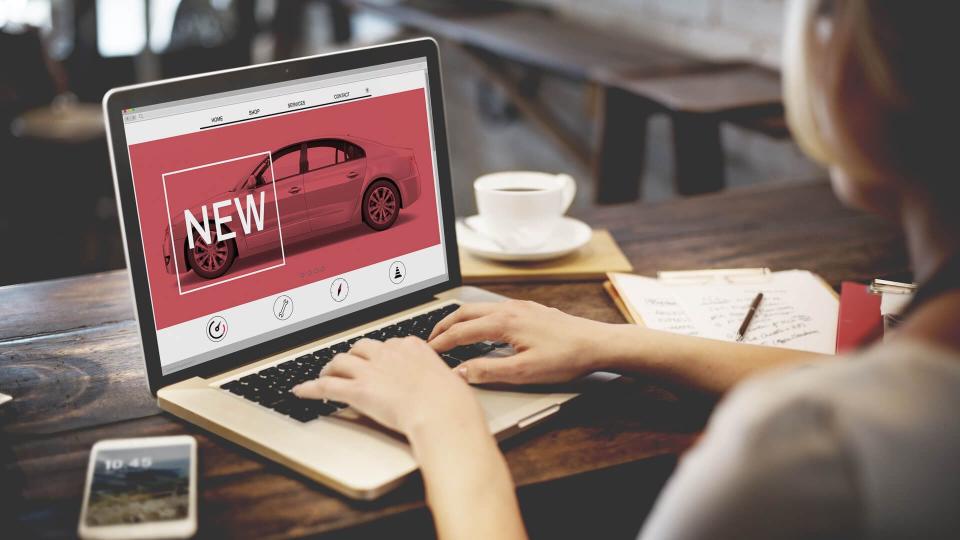
The Car in the Picture Doesn’t Match the Deal
Another, more subtle version of the bait-and-switch trap is advertising that isn’t quite false but is certainly misleading. The dealer will run an ad showing a fully loaded model, but advertise prices and payments for the base model. When the buyer enters the showroom, they realize the car they saw in the ad — with the aluminum alloy wheels and booming sound system — costs much more than the price listed in the ad.
Learn: These 20 Cars Cost the Most To Maintain
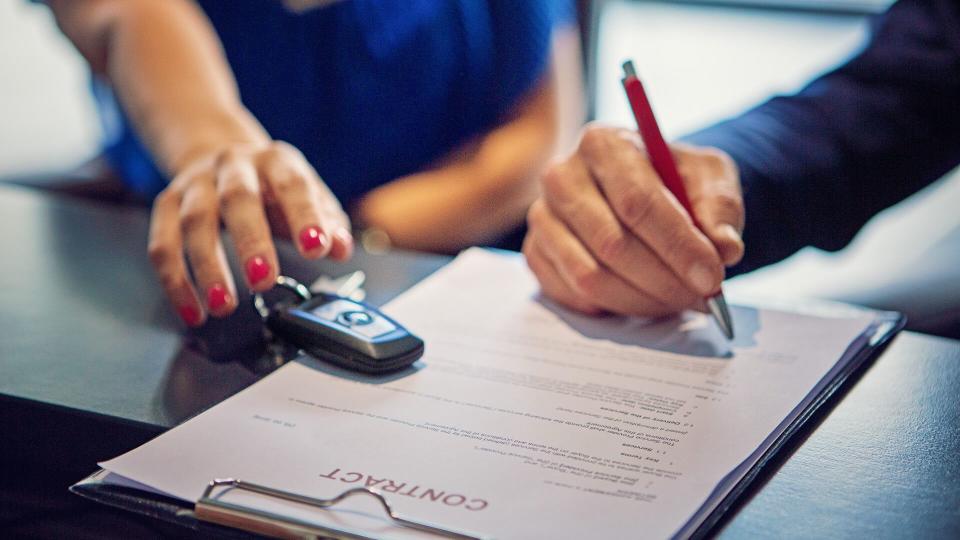
The Small-Print Smokescreen
Car ads come with a blur of fine print that dealers hope you never read — but you certainly should before you ever walk into the showroom. That’s because hidden within that minuscule font are disclaimers, stipulations, caveats and conditions that render the offer moot for many buyers. The fine print is where you’ll find that financing offers are reserved only for those with the highest credit ratings, that large down payments are required or that the offer is only available for those who finance through the dealership.
Go Green: States With Electric Vehicle Incentives
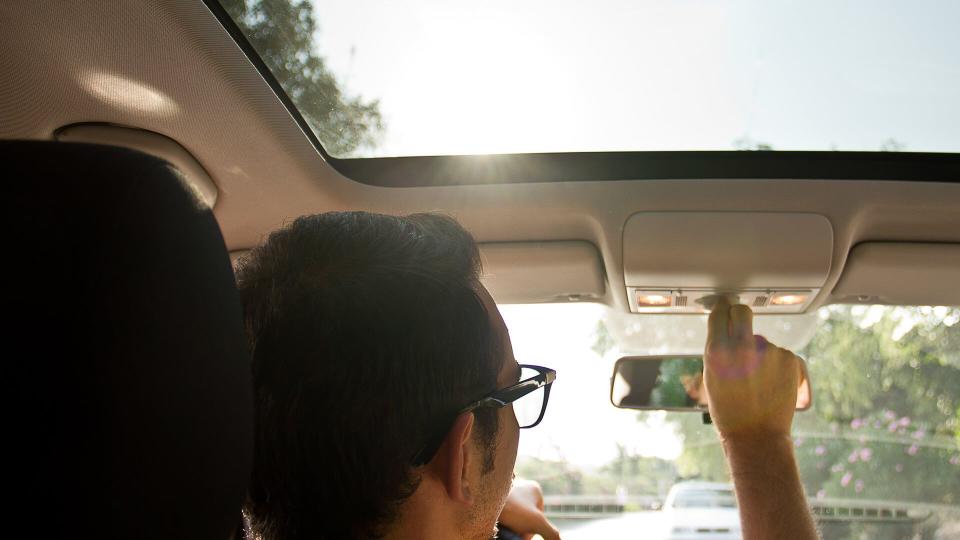
Dealer Added Options
Sometimes, dealers will advertise a car at a great price, but when the buyer enters the showroom that price is suddenly much higher. That’s because the advertised car now comes with what’s called dealer-added options such as a sunroof or spoiler. These options — which the buyer never asked for — can quickly add thousands of dollars to the advertised purchase price.
Maintenance: 16 Unexpected Car Costs and How To Prepare For Them Now

Folding Options Into Monthly Payments
Even without the trickery of dealer added options, the dealer can still get you to spend more than you want for things you don’t need by quoting options as they pertain to monthly payments. In the case of the hypothetical spoiler and the sunroof, for example, you might be reluctant to go for options like these if you’re told they cost $1,700 and $700 extra, respectively. But if the dealer says they’ll only run you $28 extra per month, the deal suddenly seems a whole lot sweeter.

Negotiating Based on Monthly Payments
A common tactic is for dealers to ask you upfront how much you want to spend per month. Never fall into this trap. If you say your budget is $400 per month, for example, the dealer can sell you virtually any car on the lot if they string the payments out into a long enough loan. Dealerships make their money in the financing department. If they can sell you a car you can’t afford by stretching payments out to six or seven years instead of five, they get the profit from the sale as well as mountains of extra money in the form of interest you pay for a one or two dozen extra months. Instead, determine how much you can afford each month and multiply it by 60 (five years) to find out what you can actually afford, and then shop in that price range.

How Will You Be Paying?
Another common strategy is to get the buyer to reveal how they intend to pay for the car. Here, too, mum’s the word. Since dealers make their money in the financing department, showing your hand only works in their favor. If you’re paying cash or have secured third-party financing — both of which are the same to the dealer — they’re likely to jack up the price of the car to make up for what they know they won’t make on financing your loan. If you reveal that you’re seeking financing through the dealership, they might give you a great deal on a car because they know they can make up for it on the back end. Negotiate the price of the car first and keep financing discussions completely separate.
Don't Pay Extra Elsewhere: How To Save Money on All Your Monthly Expenses and Bills
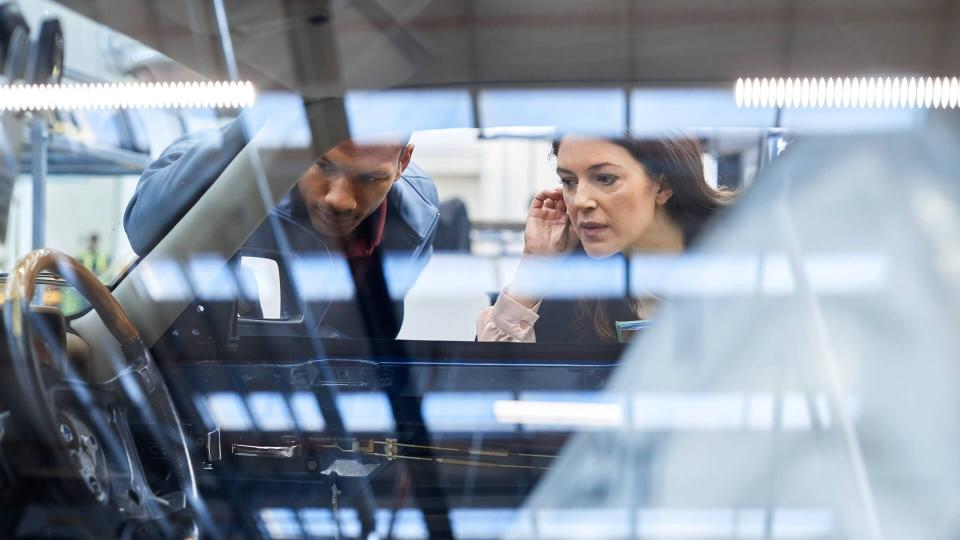
Marking Up the Interest Rate
Another way dealers can offer sweet deals upfront and then make up for the loss on the back end is by marking up interest rates. Dealers partner with third-party lenders that offer indirect loans that the dealer negotiates on behalf of the buyer. In exchange for setting up the loan, many of those partner banks allow dealers to mark up the interest rate and keep the difference for themselves. If a lender approves a loan with a 6% interest rate, for example, the dealer can tell you you’ve been approved at 8% interest and pocket that extra 2%. The fix to this is always to get preapproval from your own lender first so you know you walked away with the best deal possible.

What Is Your Bank Offering?
If you do tell your dealer that you’ve been preapproved for a loan but are willing to see if the dealer’s financing division can beat that deal, the dealer is almost certain to ask what your outside lender offered. Here, too, keep your cards close to the vest. If the dealer knows you’ve been approved for a loan with 8% interest, for example, but finds a lender willing to go to 6% without your knowledge, the dealer can offer you 7% or 7.5% instead of actually offering you the best deal possible.
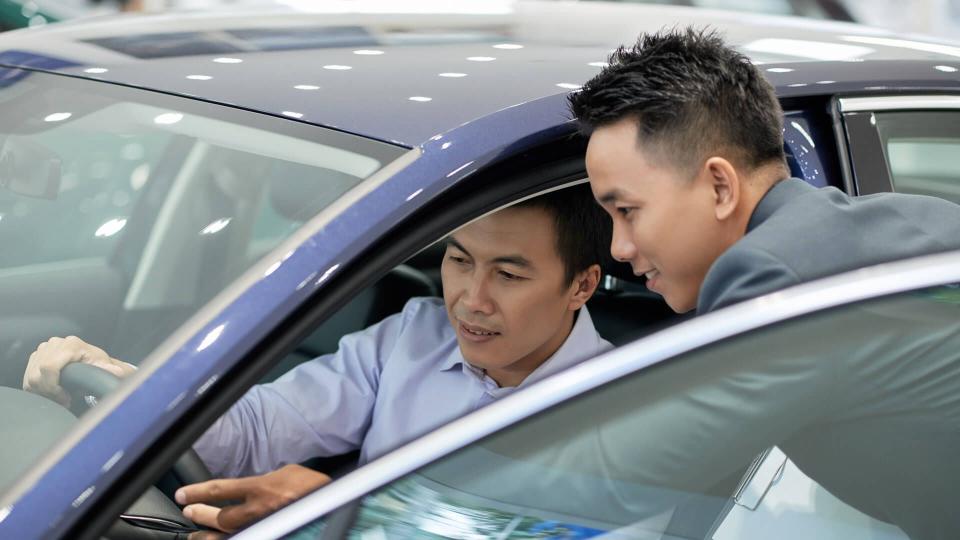
Marking Up the Money Factor
The so-called money factor (abbreviated as MF on invoices) is a number in a decimal form that dealers use to calculate the APR of your lease (should you choose to lease, that is). It’s a major part of your monthly payment and dealers are known to jack up the money factor to pad their profits. Most people don’t ask to see it because they’re not aware of it or don’t know how to calculate it. Ask to see the money factor, then multiply it by 2,400. For example, if the money factor is .00150, you multiply it by 2,400 to get 3.6%. If that’s higher than the prevailing rate, you have room to talk them down.

See Dealer for Details
One of the more common caveats that come with too-good-to-be-true offers is a message advising buyers to “see dealer for details.” This could include offers like free lifetime oil changes, but the “details” the ad advises you to see the dealer about often involve a nearly impossible gauntlet of hoops you have to jump through to actually cash in. But by luring you to the dealer for details, they’ve gotten what they wanted in the first place — you strolling into the dealership.

Nonsense Fees
Some fees you simply can’t avoid when buying a car, such as sales taxes and title and registration fees. You’ll also almost certainly pay a destination fee, which the manufacturer charges for shipping the car from the factory to the showroom. But there are some common fees you should contest and avoid, even if it means walking away at the 11th hour. These include advertising fees, loan payment fees and market adjustment fees, all of which are already built into the price of the car.

Extended Warranties
This one is a personal choice that varies from situation to situation, but according to Consumer Reports, extended warranties are rarely worth the money. The concept is to purchase peace of mind by adding warranty protection in case repairs are needed beyond the life of the standard warranty. Extended warranties, however, often cost more than you’ll ever spend on repairs and they tend to come with high deductibles that make this kind of protection even less valuable. Consumer Reports instead recommends buying cars based on their reliability ratings and saving money in a special fund for repairs.

Extended Warranties on Leases
If you’re leasing rather than buying a car, don’t allow yourself to be talked into an extended warranty under any circumstance. There are pros and cons to leasing — and one of the biggest pros is that you’re covered by a bumper-to-bumper warranty for the entirety of the lease. By buying an extended warranty, you’re literally just giving money away.
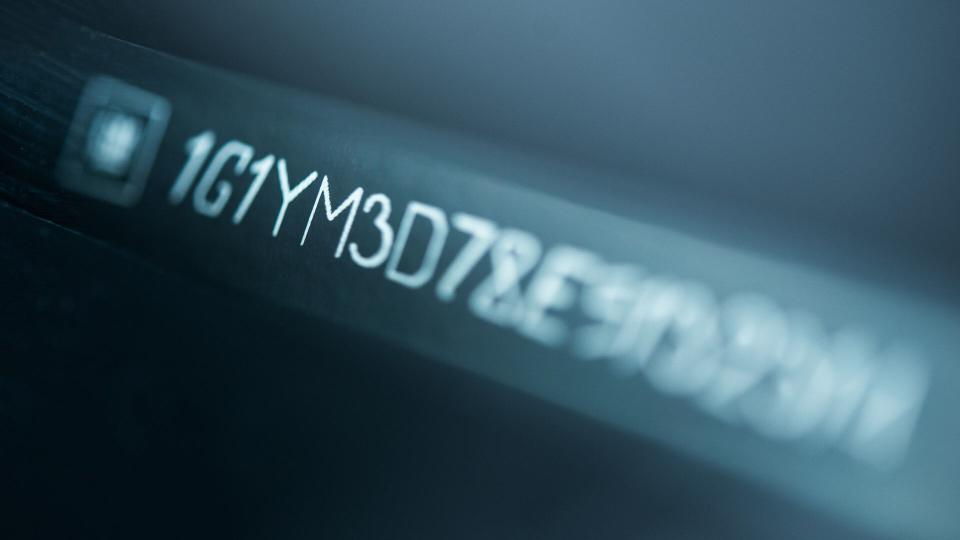
VIN Etching
VIN etching is a theft-prevention method of questionable merit that’s meant to deter thieves by etching your vehicle identification number (VIN) into the windows of your car. The logic is that they won’t be able to make your car anonymous by removing its standard metal VIN plate on the dashboard and therefore won’t steal the car. First of all, this only works if the thieves understand this dynamic, are not planning to chop the car and sell it for parts or aren't stealing it simply to go joyriding. If you do think VIN etching is worth the expense, it's almost always more expensive at the dealership than it would be at your local auto shop. Or, you could get a DIY kit on Amazon for around $20 and handle the job yourself.
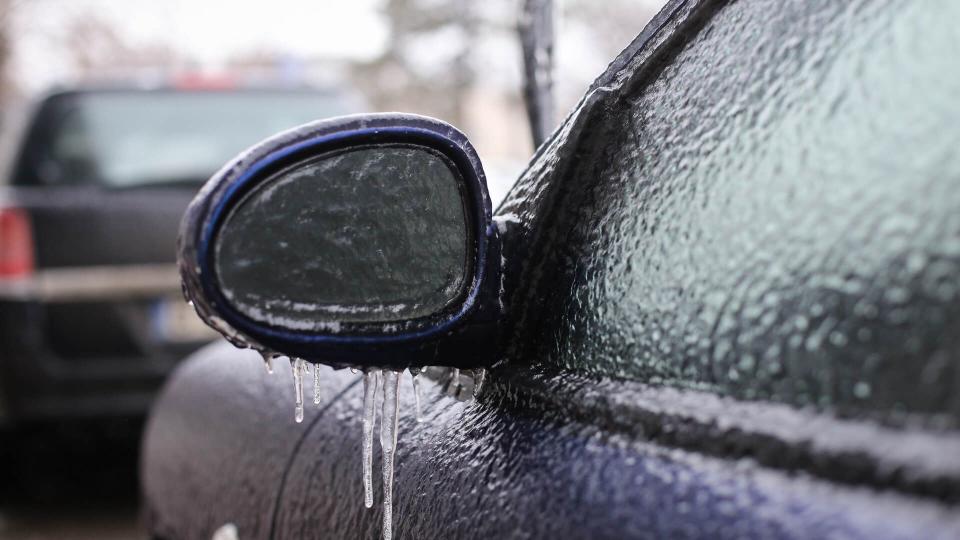
Sealants and Other Surface Protections
Another add-on that you should never let a dealer talk you into is paint sealant. Modern cars come factory new with paint that’s designed to withstand the elements for the life of the vehicle, which makes sealant easy money for the dealer and an unnecessary expense for you. The same holds true for things like rustproofing and fabric protection.

GAP Insurance
Don’t let a dealer talk you into guaranteed asset protection (GAP) insurance, which is designed to cover the gap between what your car is worth and what you owe should you total the car and receive an insurance payout that doesn’t cover the remainder of the loan. It’s not that GAP insurance is necessarily a bad idea, but it’s almost always cheaper to buy from your own insurance company than through the dealership.
Clean Car: 50 Most Environmentally Friendly and Affordable Vehicles

The Yo-Yo Scam
Many dealer tricks might seem shady but aren't against the law. The so-called yo-yo scam, on the other hand, is illegal and is only used by the most unscrupulous of dealers. According to the Federal Trade Commission (FTC), this scam targets buyers who finance their vehicles through the dealership. It works like this: The deal goes through, the paperwork is signed, the buyer goes home with the car and gets used to seeing it in their driveway. Then they get a call from the dealer saying that the financing wasn’t approved after all and that the buyer has to come back and sign a new deal at a higher interest rate or forfeit the car and their down payment. If you think you’ve been a victim of the yo-yo scam, contact the FTC right away.

Spot Delivery
"Spot delivery" is a term used to describe situations where dealers begin processing loan applications but let buyers drive off with their new cars before the deal is finalized. Some reputable dealers extend this as a courtesy to good customers who bought a car late in the day after banking hours, or during some other time when loans are hard to process. But it also can allow shady dealers to act deceptively and pull a yo-yo scam. Although you might be anxious and excited to drive off with your new car, politely refuse spot delivery and wait until the deal is confirmed before driving away.

Low-Balling Trade-In Value
Dealers stand to make far more from selling used cars than new ones because there are several ways they can acquire used cars for much less than they’re worth at trade-in. The first way is simple — just offer much less for the buyer’s trade-in car than it’s actually worth. One reason this works is because many buyers spend all their time thinking about negotiating the price of their new cars and tend to consider their trade-ins only as an afterthought. This incentivizes dealers to start with outrageously low offers. In some cases, they’ll actually get what they asked. If not, the buyer edges them up and up to a higher price and feels like they scored a victory even though they wound up getting far too little. Use the Kelley Blue Book calculator or a similar tool to get a feel for your car's true trade-in value before you approach a dealer.

Offering Good Trade-In Value With a Catch
Another common tactic is for the dealer to go the other way and offer you just a little bit more than the used car is actually worth at trade-in. This, too, makes the buyer feel like they scored a win and it also instills trust in the dealer. But then the dealer leverages that trust to jack up the price on the new car you’re buying to make up for the hit they took on the trade-in.

Combining the Trade-In With the Purchase
The solution to both trade-in traps is to not let the dealer talk you into combining the trade-in negotiation with the purchase negotiation. Just as with loan terms and purchase price, you're much better off keeping these two negotiations separate. By doing so, you take away the dealer’s ability to short you on the trade-in by giving you what appears to be a good deal on the new car. It also prevents the dealer from inflating the price of the purchase by offering you good trade-in value.

The Four Square Tactic
Reputable dealers despise the so-called four-square tactic because it gives the entire industry a black eye and reinforces the sleazy car dealer stereotype. Even so, it’s been around for decades and dealers continue to use it today to confuse and bilk customers. The way it works is that the dealer physically draws four squares on a piece of paper: one for the vehicle price, one for the trade-in value, one for the down payment and one for the monthly payments. The dealer then strategically shuffles numbers from box to box to make it appear that they’re giving the buyer a great deal, when in fact, it’s a smokescreen designed to confuse and fleece you. If a dealer sits you down when you’re ready to close the deal and draws four squares on a piece of paper, walk away.

Asking For a Down Payment on a Lease
It’s never wise to put a down payment on a lease and it’s almost never necessary — although dealers will often try to get you to do just that. One of the main benefits of leasing is that upfront costs are low. A big down payment directly defeats that purpose. If you make a down payment, you have to pay taxes on it all at once. If you total the car early in the lease, you lose the down payment altogether. If a down payment is required, all you have to do is ask to roll it into the monthly payments. You’ll protect yourself against a loss and get to pay any required taxes slowly over time.
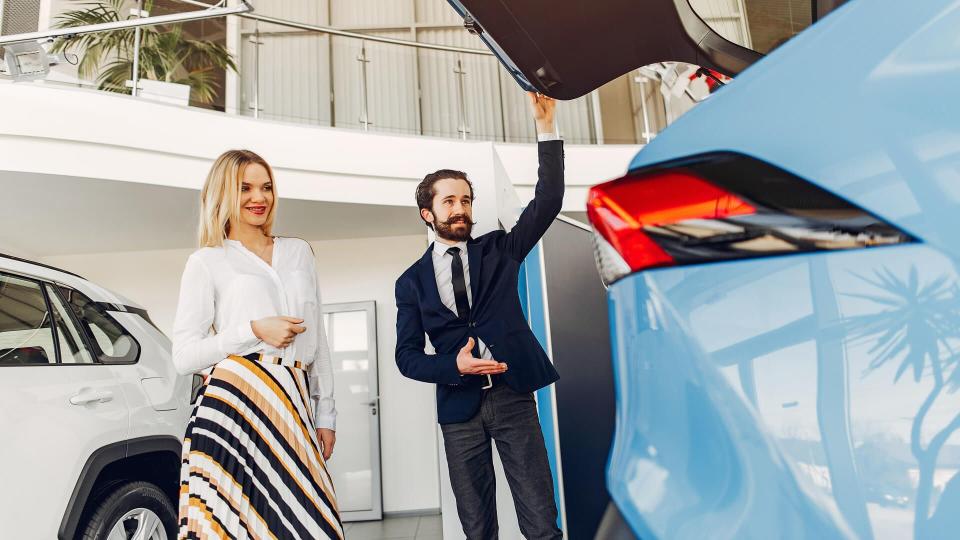
Talking Buyers Into Leasing
There are pros and cons to both leasing and buying, and it’s up to you to determine if the lower upfront costs, lower monthly payments and perpetual warranty of leasing are more important to you than the fact that buying is much cheaper in the long run — and the fact that you eventually end up owning the car. Never let the dealer lay out these pros and cons for you. Do your own homework, and if you decide that buying is in your best interest, be prepared to politely refuse dealers who might try to talk you out of it. Remember: Dealers usually make more money off leases than sales.
More From GOBankingRates
This article originally appeared on GOBankingRates.com: 25 Sneaky Car Dealership Tricks To Avoid at All Costs

 Yahoo Finance
Yahoo Finance 